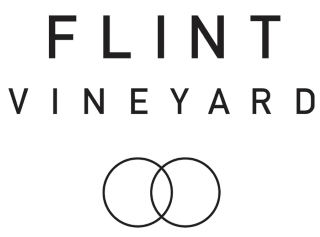
It’s big, it’s egg-shaped and very concrete-looking.
You can’t help but notice the row of concrete tanks that now dominate the landscape of our winery at Flint.
There's probably one of the few concrete eggs you’ll come across when touring English wineries because it’s still a little bit unusual. As are its larger squarer concrete cousins that sit alongside it.
Concrete is fascinating in winemaking.
Most people react to our concrete tanks with an “err isn’t that a bit old-fashioned?” Yes, it is a traditional method, and that’s the point - although our tanks are custom-made Italian modern mastery.
Many earlier French and Italian wines were fermented in concrete before stainless steel became more available. Stainless steel is inert, easier to clean and (believe it or not) cheaper than concrete. It’s winemaking done by the text book. We use stainless steel where needed but also like to break the rules.
Ben, Founder and Winemaker, says “concrete tanks are more impractical to use and difficult to clean than stainless steel, but the marginal benefits you gain make it worth putting in the time and effort”.
Like oak barrels, concrete is porous which allows the wine to breathe, softening the tannins and allowing the wine’s aromas to transform. Concrete has a wonderful effect on the aromatics of our Fumé because Bacchus, the grape variety behind the wine, needs time and oxygen to open up.
But why an egg shape?
As well as being porous, the egg shape influences the circulation of the lees. Lees are the sediment from grapes or yeasts and are full of flavour and texture.
“Lees ageing (sur lie) is a method where you deliberately leave the wine on its sediment,” explains Ben. “Bâtonnage is the process of stirring the lees to encourage even more flavour from these amazing particles. The egg is said to do the stirring for you as its shape means the lees don’t settle. The science is a little sketchy on how this works, but it’s a lengthy process requiring a bit of confidence that results in a wine with added complexity and softness.”
Harvest 2024
We’ve currently got a tiny amount of Chardonnay from the 2024 vintage in our concrete egg, and it tastes amazing.
Ben’s interested to see what it will taste like without any contact with oak or malolactic fermentation (more on this another time).
Some of the wine may form a part of the Silex blend? We may also release a small amount of this in a steelier, Chablis style just for our wine club. You’ll have to wait and see.
If you’d like to swot up on concrete fermentation, join one of our Winery Masterclass tours, new for 2025. Book your place via our website


![We make the best wine in [insert location]](http://flintvineyard.com/cdn/shop/articles/Flnt_PrcPnt_Lfstyl_064_20x20_crop_center.jpg?v=1740498043)
